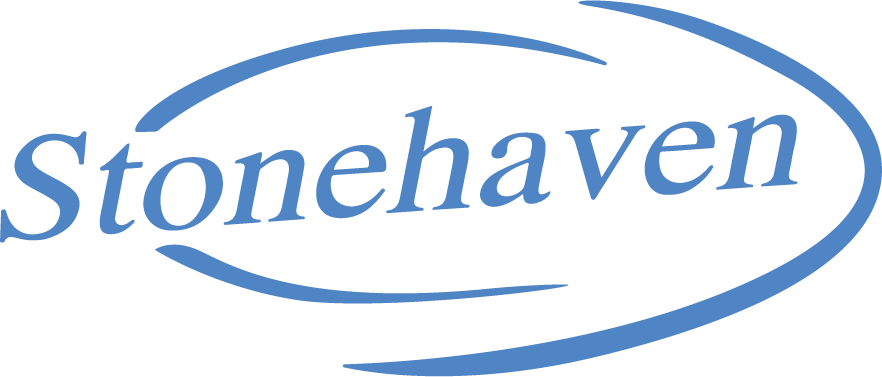Pressure Wave Therapy (D-Actor 100)
Shockwave Therapy is clinically proven and the most advanced, non-invasive technology for treating pain.
Shockwave Therapy has a proven success rate that is equal to or greater than that of traditional treatment methods, including surgery, and without the risks, complications and lengthy recovery time. It is performed in your physician's clinic, does not require anesthesia, and requires a minimal amount of time. Patients can bear weight immediately and return to normal activities within 24-48 hours.
Pressure Wave Technology
Pressure Wave Technology is an effective, noninvasive way to address your pain.
Pressure Wave therapy is a highly effective treatment method: high-energy sound waves are introduced into the painful areas of the body, with a 91% success rate according to studies. It is one of the most advanced and highly effective noninvasive treatment methods cleared by the FDA. The treatment works by helping to improve the regenerative potential, enhancing blood circulation to regenerate damaged tissue.
Areas of Treatment
The benefits of shockwave and pressure wave technology as a non surgical way of treating a wide array of soft tissue conditions make it a popular choice of treatment.
Foot, ankle, lower leg
Heel pain is typically the result of overuse and usually occurs on the back or underside of your heel.
Thigh, knee, pelvis and hip
Painful inflammation of a tendon or joint which can be the result of overuse or overstretching of the tendon, trauma, infection or inflammatory diseases.
Back
Back pain can be the result of a strain (a stretched or torn muscle injury) or from a sprain (an over-stretched or torn ligament). It can also occur over time as a result of gravity and normal use.
Forearm, wrist and hand
Painful inflammation of a tendon in the finger or wrist as a result of over use or over stretching of the tendon, trauma, infection, or inflammatory diseases. Pain due to compression of the median nerve in the wrist.
Upper arm, elbow, shoulder
Pain and loss of range of motion of the shoulder caused by scarring and swelling of the shoulder tendon or joint. Pain can occur after a shoulder injury or after prolonged immobilization of the shoulder.
Neck
With age, patients may experience some pain as a result of wear and tear of the neck joints. Some experience more intense pain the nerves, ligaments and musclesare or have been irritated.



